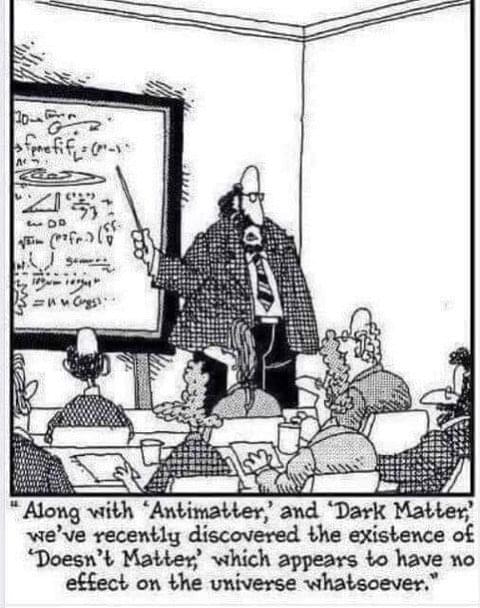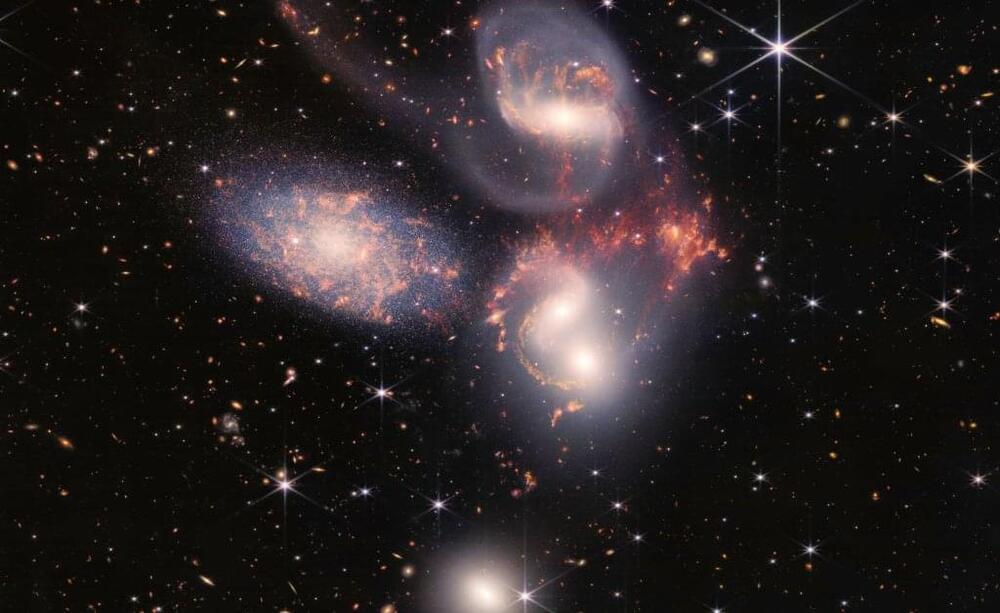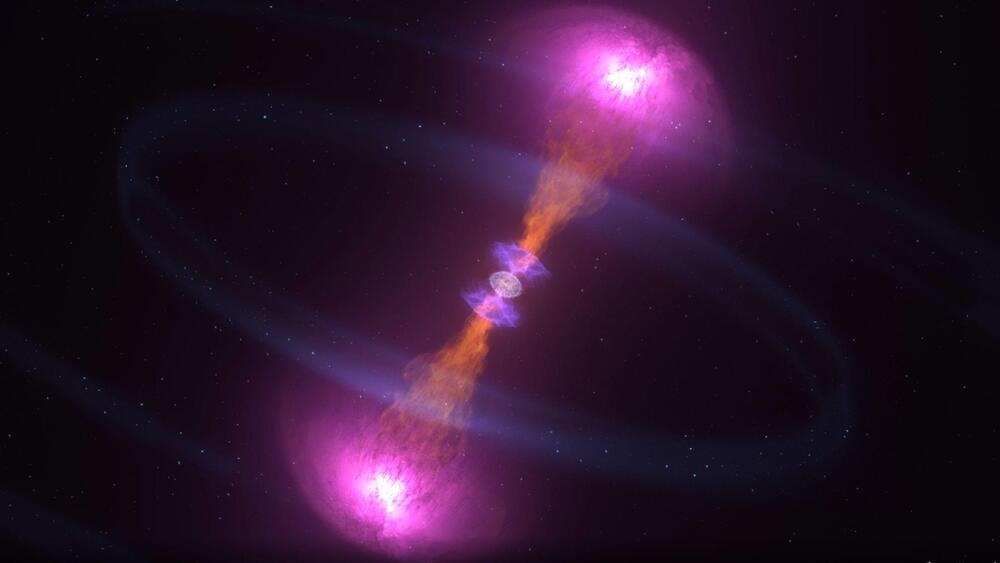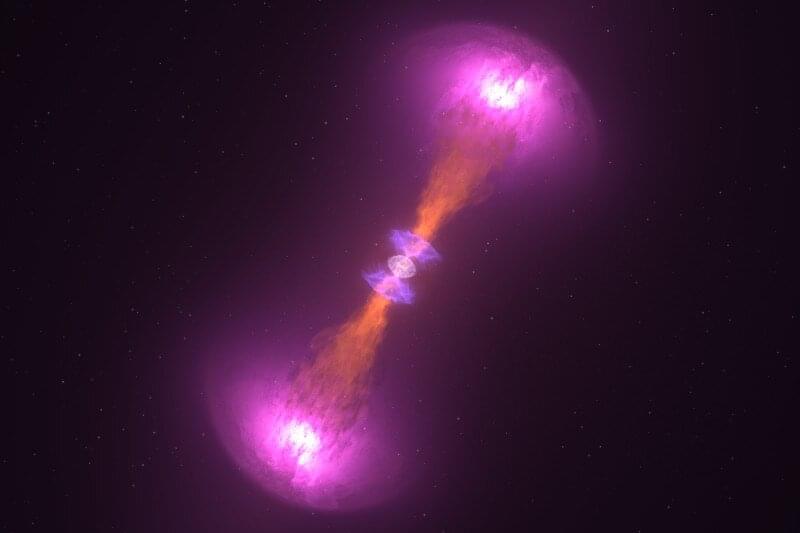Archive for the ‘physics’ category: Page 136
Aug 25, 2022
Maybe the Universe Thinks. Hear Me Out
Posted by Dan Breeden in categories: cosmology, neuroscience, physics
Finally, there’s the issue that black holes can destroy information. Once you have crossed the event horizon, it seems you’d need to move faster than light to get back out. But a non-local connection across the horizon would also get information out. Some physicists have even suggested that dark matter, a hypothetical type of matter that supposedly makes up 85% of matter in the universe, is really a misattribution. There may be only normal matter, it’s just that its gravitational attraction is multiplied and spread out because places are non-locally connected to each other.
A non-locally connected universe, hence, would make sense for many reasons. If these speculations are correct, the universe might be full with tiny portals that connect seemingly distant places. The physicists Fotini Markopoulou and Lee Smolin estimated that our universe could contain as much as 10,360 of such non-local connections. And since the connections are non-local anyway, it doesn’t matter that they expand with the universe. The human brain, for comparison, has a measly 1015connections.
Let me be clear that there is absolutely zero evidence that non-local connections exist, or that, if they existed, they’d indeed allow the universe to think. But we cannot rule this possibility out either. Crazy as it sounds, the idea that the universe is intelligent is compatible with all we know so far.
Aug 25, 2022
NASA Scientists Help Probe Dark Energy
Posted by Wise Technology in categories: cosmology, physics
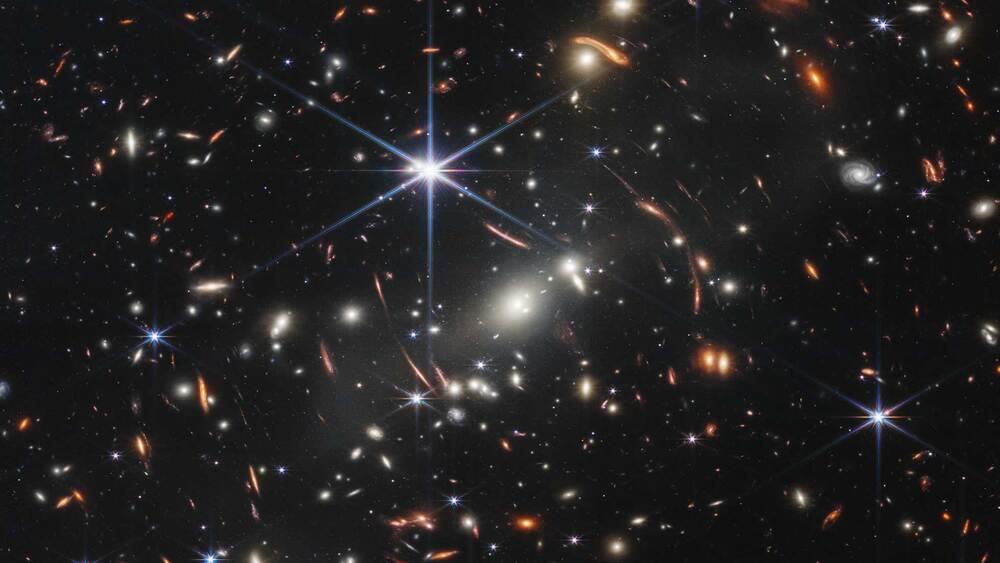
Could one of the biggest puzzles in astrophysics be solved by reworking Albert Einstein’s theory of gravity? A new study co-authored by NASA scientists says not yet.
Aug 22, 2022
Inside a neutron star — new insights from gravitational waves
Posted by Genevieve Klien in categories: physics, space
University of Birmingham researchers have demonstrated how unique vibrations, which are caused by interactions between the two stars’ tidal fields as they approach each other, affect gravitational-wave observations.
Taking these movements into account could significantly improve our understanding of the data collected by the Advanced LIGO and Virgo instruments, according to a press release published on the institute’s official website on Thursday.
“Scientists are now able to get lots of crucial information about neutron stars from the latest gravitational wave detections,” said Dr. Geraint Pratten of the University of Birmingham’s Institute for Gravitational Wave Astronomy. “Details such as the relationship between the star’s mass and its radius, for example, provide crucial insight into fundamental physics behind neutron stars.”
Aug 21, 2022
We Have Ignition: Remarkable Breakthrough in Nuclear Fusion Represents a New Physics Milestone
Posted by Genevieve Klien in categories: innovation, physics
For the first time, scientists have confirmed a major breakthrough in nuclear fusion involving the first successful instance of ignition, the point at which a nuclear fusion reaction becomes self-sustaining.
The achievement, results for which have been published in three peer-reviewed papers, occurred at Lawrence Livermore National Laboratory’s (LLNL) National Ignition Facility on August 8, 2021.
Nuclear fusion involves a reaction where at least two atomic nuclei possessing a low atomic number fuse together, forming heavier atomic nuclei. During such a reaction, differences between the masses of the reactants and products result from the difference in energy that binds atomic nuclei before and after the reaction occurs. This difference will either cause the absorption or the release of energy.
Aug 21, 2022
Evil doppelgängers, alternate timelines and infinite possibilities: the physics of the multiverse explained
Posted by Dan Breeden in categories: cosmology, physics
The word ‘universe’ once described everything that exists. But as our horizons have expanded, many scientists have begun to consider what’s beyond our own cosmos, and…
Aug 19, 2022
New underground lab to shed light on dark matter
Posted by Gemechu Taye in categories: cosmology, physics
Half a mile-deep lab is shielded with 100 tons of steel.
A gold mine located over half a mile (one km) underground in Victoria, Australia, has been converted into the Stawell Underground Physics Laboratory to study dark matter, a press release from Australia’s Nuclear Science and Technology Organization (ANSTO) said.
Scientists believe that dark matter, the invisible substance largely unknown to mankind, makes up 85 percent of our universe’s mass. To know more about it, scientists have been building dark matter detectors, and one of the “most sensitive” detectors delivered some significant results last month.
Continue reading “New underground lab to shed light on dark matter” »
Aug 19, 2022
Looking inside a neutron star: New model will improve insights gleaned from gravitational waves
Posted by Saúl Morales Rodriguéz in categories: cosmology, physics
The oscillations in binary neutron stars before they merge could have big implications for the insights scientists can glean from gravitational wave detection.
Researchers at the University of Birmingham have demonstrated the way in which these unique vibrations, caused by the interactions between the two stars’ tidal fields as they get close together, affect gravitational-wave observations. The study is published in Physical Review Letters.
Taking these movements into account could make a huge difference to our understanding of the data taken by the Advanced LIGO and Virgo instruments, set up to detect gravitational waves —ripples in time and space—produced by the merging of black holes and neutron stars.
Aug 17, 2022
Technology to Make Interstellar Missions Possible and Affordable
Posted by Jose Ruben Rodriguez Fuentes in categories: physics, space travel
Arrays of lasers can be used to push light weight solar sails to other stars. This has been funded with over $100 millon and it builds upon the technology of the $600 billion laser and photonics industry. A recent paper looks at how different technological improvements will make it more feasible and improve the costs. Integrated photonics and mass production of most of the modular systems will be fundamentally necessary to afford the full-scale realization of this vision. Researchers have derived an analytical cost model which is driven by the fundamental physics of the proposed system. This allows us to make economically informed decisions and create a logical path forward to interstellar flight.
Aug 17, 2022
Black Holes Are the Terrifying Behemoths of Space. Here’s How They Tick
Posted by Gemechu Taye in categories: cosmology, physics

A new approach to an age-old question.
Black holes are among some of the most mysterious objects in the Universe. They are the remnants of massive stars that have reached the end of their life cycles and collapsed into a region of spacetime that is incredibly dense. Their gravitational force is so strong that nothing can escape their surface.
Continue reading “Black Holes Are the Terrifying Behemoths of Space. Here’s How They Tick” »
